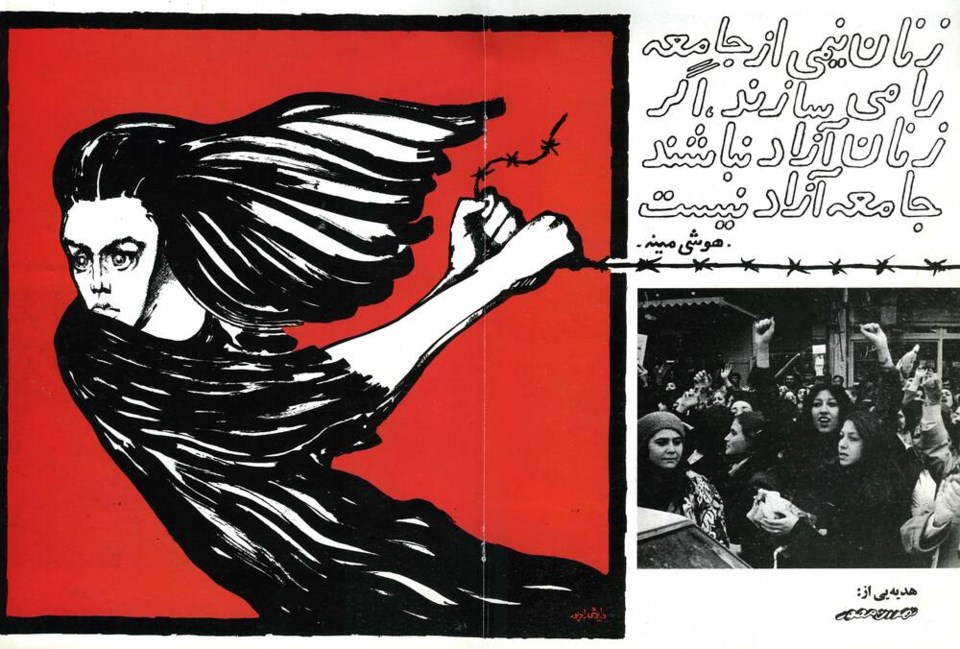With the world experiencing such unprecedented events – a COVID-19 pandemic, climate change, potentially even the onset of the Third World War – it can feel as though there is much to understand and process.
The Polygon Gallery’s latest exhibition, From Slander’s Brand, demonstrates how art, when all else is lost, can help make sense of it all.
Running from Nov. 10 until February of next year, the exhibition sees the culmination of large scale projects from three separate artists: Hannah Darabi, Rachel Khedoori and Ron Terada. Each extensive body of work is a response to a monumental moment in history.
For Vancouver-born and based artist Terada, it is the 2020 COVID-19 pandemic. For Tehran-born, Paris-based artist Darabi, it is the 1979 Iranian Revolution. For Australia-born, Zurich-based artist Kedoori, the focus is on the Iraq War of 2003.
“A single image cannot adequately represent a period of time, particularly one that is disruptive and chaotic,” said The Polygon’s director Reid Shier. “The artworks featured in From Slander’s Brand explore the contentious process of shaping memory and history, each is composed of many constituent parts and reflects an extended act of labour by the artists.”
Terada’s ongoing series TL;DR, short for “too long; didn’t read,” comprises 325 paintings – each emblazoned with a 2020 headline from tech news site The Verge.
With headlines like “Apple Pulls iPhone App Promoting Secret Parties During the COVID-19 Pandemic” and “Your Car May Be Recording More Data Than You Know,” the paintings are snapshots from a seismic year, much like the work of Rachel Khedoori’s Untitled (Iraq Book Project) [2008 to 2010], which comprises a selection of early 2000s news stories reporting on the 2003 Iraq war.
“All three works are discussing the role that the in-power media plays in creating the so-called ‘historical facts,’” said artist Darabi, whose exhibit Enghelab Street, A Revolution through Books: Iran 1979–1983 analyzes the historical representation of the 1979 Iranian revolution through photographs taken at that time.
Wanting to “reconstruct the narrative” through her personal archive, Darabi collected photo books and political books published between 1979 and 1983 and put them together with her own family photos and postcards.
In these circumstances art can be used as a healing tool, she said.
“Some historical events, like the revolution in Iran, leave people with traumas that will be passed on from generation to generation.”
Darabi said she created the work, first of all, for herself. In order to be able to read and interpret the photographs in the books, it was necessary to get rid of any “emotional charge” towards them.
“It was not an easy task, but it helped me to see different sides of one story without engaging with them.”
Darabi said it would be “wonderful” if the three intertwining exhibitions encouraged visitors to learn more about the history of Iran, Iraq, and the COVID-19 pandemic, through sources other than the mainstream media.
If they are already well versed in those events, hopefully this exhibition will encourage them to look at them through a different lens, she said.
Mina Kerr-Lazenby is the North Shore News’ Indigenous and civic affairs reporter. This reporting beat is made possible by the Local Journalism Initiative.



